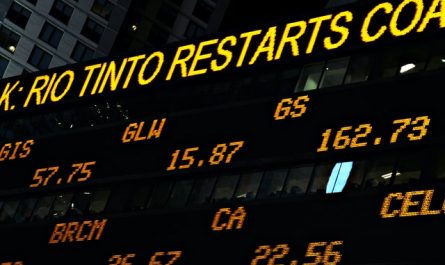Price action is not a new trading strategy in forex trading but a technique popular with many institutional and retail traders. They use the strategy to anticipate and evaluate the short-term movement of financial assets and prices in the market. Analyzing historical price trends and behavior plays the most considerable role in price action.
It is not mandatory to use technical trading indicators when using price action strategy. However, to increase trading accuracy, it is advisable to use them alongside your price action strategy.
Price action investors are always on the lookout for trading strategies that provide the most outstanding contingency ratio. Some examples of these settings include developing breakout patterns, trend reversal patterns, and double tops and bottoms. Beyond that, it is critical to know the location of support and resistance key levels and the fundamentals of candlestick pattern analysis.
Popular Price Action Strategies
Even though there are price action indicators, the one that stands out above all the rest is the price bar indicator. The price bars on a chart represent the market’s price position. Accredited brokerage firms make this indicator readily available to their clients.
The use of automated trading systems and access to sophisticated technical analysis systems via MT4 are two additional features offered by certain forex brokers, making price action trading even more convenient. The following are the most popular price action strategies.
1. Shooting Star
The Shooting Star price action pattern is a negative indicator that indicates a strong likelihood of the market reversing its rising trend and moving in the other direction. The formation of a Shooting Star pattern demonstrates that buyers are pushing the market up to a new high. In most cases, however, traders cannot hold their positions, leading to them abandoning their purchases.
Failure to hold positions results in the market declining, and sellers gain control of the market by increasing their bids. When trading with the Shooting Star, the opening and closing price levels must be on the candlestick’s bottom side. Although the closing price may be higher than the starting price on occasion, the signal gets more potent when the closing price is lower than the opening price on the same day.
2. The Hammer
The Hammer is another popular price action strategy that indicates a high chance of the market moving upward after a downward trend. The other name for the Hammer pattern is a bullish signal. The appearance of the Hammer shows that sellers are driving the market down to a new low.
However, in most cases, the sellers do not have the strength to maintain their position, so they end up bailing or ending their trading sooner than anticipated. At this point, the market rallies back up, and buyers take control of the market.
With the Hammer, the opening and closing price levels have to be on the candlestick’s upper side. Sometimes, the closing price can be beneath the opening price, but the signal is more potent if the closing price is above the opening price.
3. Inside Bar Pattern
As the name implies, an inner bar chart pattern encircles the interior of a big candle. The pattern, which some people refer to as the mother candle, develops after a significant move in the market. It indicates the start of a new consolidating activity.
It may be a powerful price action indication if you learn how to trade the inner bar pattern correctly. Pairing lows and highs is permissible, although the range of the inner bar must not be more than one point outside of the scope of the inside bar pattern.
4. The Harami
In technical analysis, the Harami price action pattern, often employed for breakout trading, is a two-candle pattern that indicates market hesitation. When a seller candle high and low ranges grow inside the high and low ranges of a preceding buyer candle, a negative (bearish) Harami forms.
On the other hand, a positive Harami (bullish) forms when a buyer candle’s high and low ranges grow inside the high and low ranges of a preceding seller candle.
Wrapping up
When it comes to price action trading, the trader thinks that the only reliable source of information is the price itself and its fluctuations. Moreover, they do not give too much weight to indicators but prefer other trading tools such as trends, candlesticks, and breakouts.
They rely on support and resistance to achieve their trading goals and utilize the above strategies to create tactics tailored to their trading needs and preferences.




